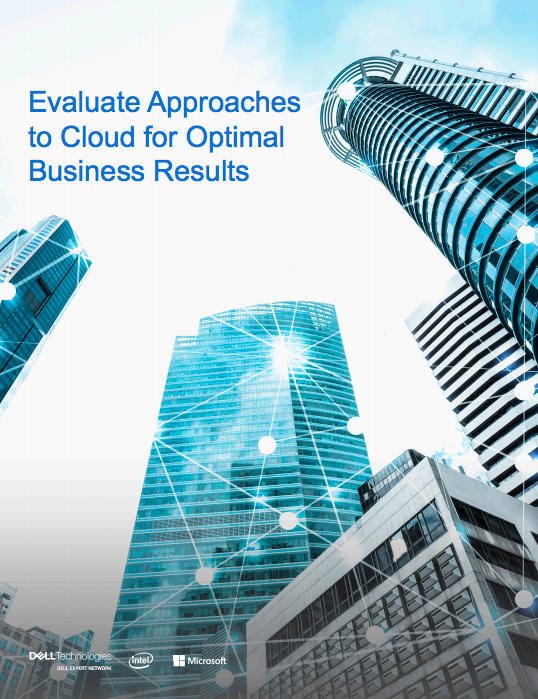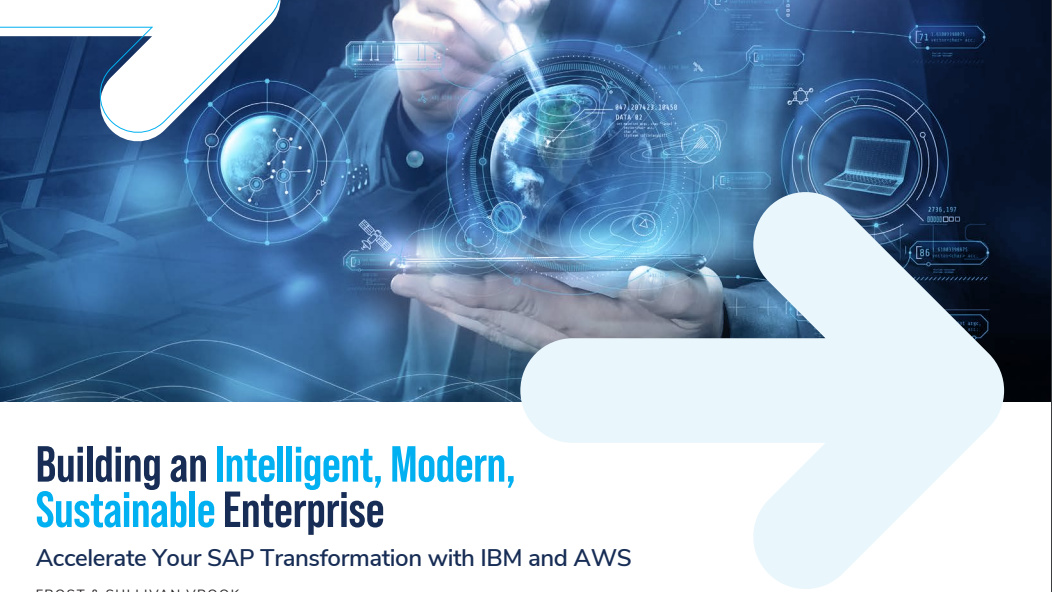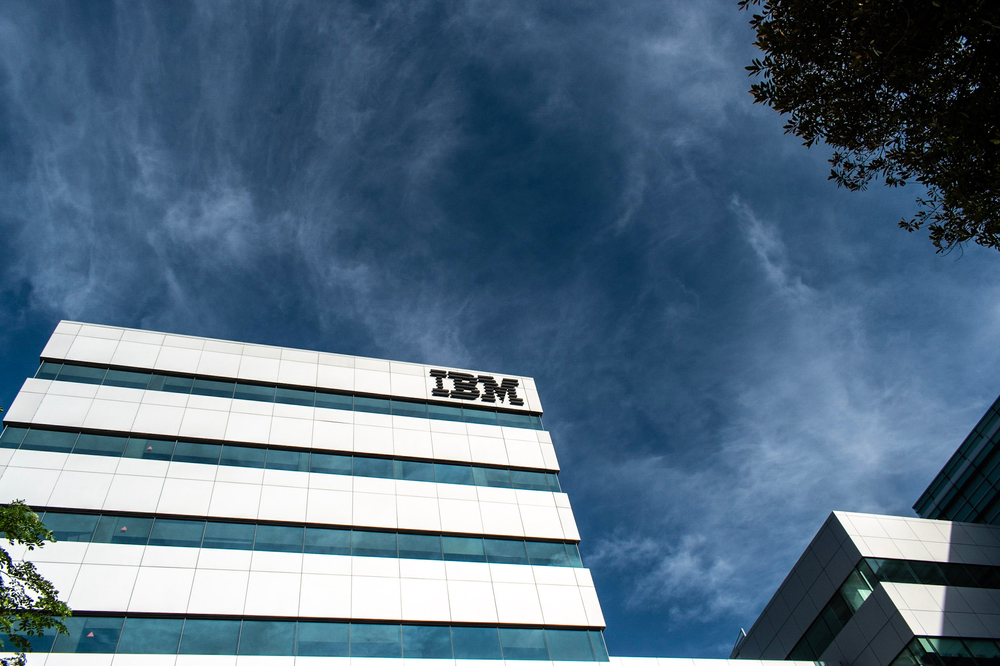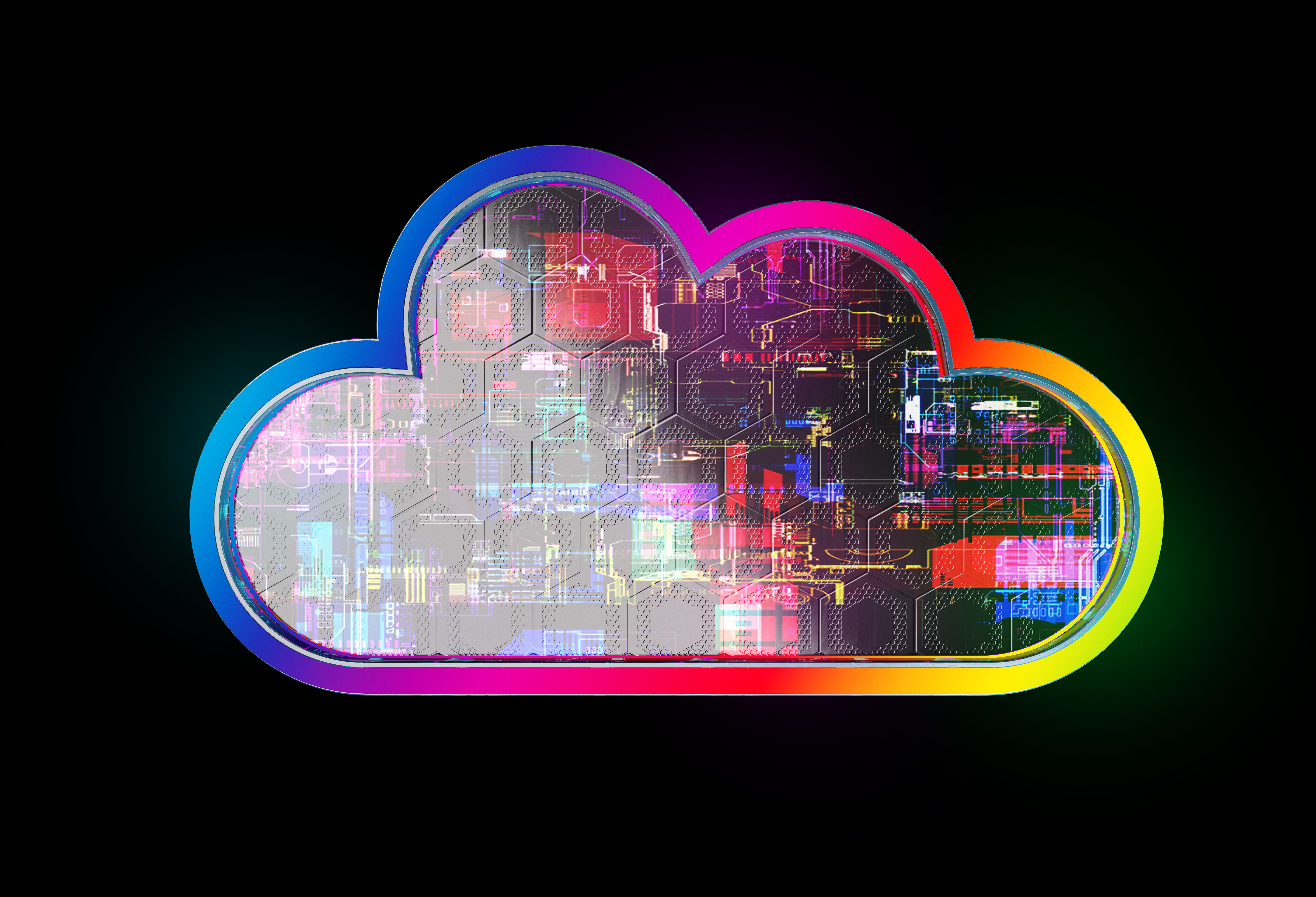IBM and AT&T bring hybrid cloud service to the 5G era
New offerings allow enterprise clients to boost data transfer speeds, lower latency and enhance connectivity

IBM and AT&T today announced they’re working together to help enterprise clients upgrade to the 5G era with an open and secure hybrid cloud architecture using IBM’s hybrid cloud platform, Cloud Satellite,
Through this partnership, AT&T will extend its 5G network infrastructure and services offerings for IBM Cloud Satellite, making it easier for businesses to connect to open hybrid cloud computing using AT&T Multi-access Edge Computing.
What’s more, built on Red Hat OpenShift, IBM Cloud Satellite will give clients the flexibility to move apps to environments closer to where the data resides. Enterprises will be able to manage distributed IT environments over multiple clouds via a single dashboard.
AT&T’s 5G will also unlock new opportunities for businesses needing regional or on-premises edge computing with added privacy and security. Be it a mobile field workforce or manufacturing facility, billions of edge devices can be managed with high reliability and security levels using IBM's Cloud Satellite dashboard.
In addition to centralized management, faster data transfer speeds, lower latency, better customer experiences and enhanced security through IBM’s sophisticated encryption capabilities are reasons to consider shifting to a hybrid cloud. IBM says it’ll also bring its AI capabilities via IBM Watson to deliver deeper insights through real-time data collected at the edge.
“The advancements in 5G and edge are impacting every industry, bringing the promise of enhanced experiences for consumers and new revenue opportunities for businesses,” said Howard Boville, senior vice president, IBM Hybrid Cloud.
“Together with AT&T, we will be helping clients securely leverage 5G and edge offerings in any environment with IBM’s open and secure hybrid cloud platform. This marks a significant step forward increasing the possibilities of 5G and edge in the enterprise.”
Sign up today and you will receive a free copy of our Future Focus 2025 report - the leading guidance on AI, cybersecurity and other IT challenges as per 700+ senior executives
Here’s how the IBM-AT&T partnership could play out for health care, manufacturing, retail, supply chains and banking industries:
- Health care industry could monitor patients remotely via connected medical devices with telehealth
- In manufacturing, 5G-connected automated operations can help reduce costs and control quality on production lines through robotics and near-real-time visual analysis
- In retail, 5G and edge can help stores analyze supply chain data, detect spills or spoilage, or monitor metrics, like crowd density, in ways that would have overwhelmed a network without edge computing
- Supply chains can become more resilient and dynamic with enhanced networking and remote monitoring combined with automated inventory management and AI-enhanced procurement processes
- In banking and finance, organizations can detect fraud and address customer claims n near real-time
RELATED RESOURCE

Optimal business results with the cloud
Evaluating the best approaches to hybrid cloud adoption
“Make no mistake: AT&T is fast,” said Mo Katibeh, chief product and platform officer for AT&T Business. “And we don’t just have the fastest nationwide 5G network. With our edge computing capabilities, we can also offer incredibly responsive networks – needed for mission-critical business applications. Our work with IBM will bring differentiated value that customers will appreciate.”
-
 Google drops $4.75bn on data center and energy firm Intersect
Google drops $4.75bn on data center and energy firm IntersectNews The investment marks the latest move from Google to boost its infrastructure sustainability credentials
-
 OpenAI says prompt injection attacks are a serious threat for AI browsers
OpenAI says prompt injection attacks are a serious threat for AI browsersNews OpenAI details efforts to protect ChatGPT Atlas against prompt injection attacks
-
 IBM and SAP expand partnership to drive generative AI capabilities
IBM and SAP expand partnership to drive generative AI capabilitiesNews The new Value Generation initiative aims to deliver greater client productivity gains through generative AI solutions
-
 Driving business innovation through application modernization and hybrid cloud
Driving business innovation through application modernization and hybrid cloudwebinar Transform with IBM Z
-
 Building an intelligent, modern, sustainable enterprise
Building an intelligent, modern, sustainable enterpriseWhitepaper Accelerate your SAP transformation with IBM and AWS
-
 Tangible business value from cloud transformation remains elusive
Tangible business value from cloud transformation remains elusiveWhitepaper Discover the top five secrets to mastering cloud for business
-
 Cloud-enabled manufacturing
Cloud-enabled manufacturingWhitepaper Operations and IT leaders turn ambition into advantage
-
 DCIG: Top five enterprise Storage as A Service solutions
DCIG: Top five enterprise Storage as A Service solutionsWhitepaper Operations and IT leaders turn ambition into advantage
-
 Amplify business transformation with business intelligence
Amplify business transformation with business intelligenceWhitepaper Four key benefits of moving your operations to the cloud
-
 Cloud security breaches surge on a wave of stolen credentials
Cloud security breaches surge on a wave of stolen credentialsNews Cloud security attacks are growing in both scale and intensity, according to new research from CrowdStrike, with threat actors leveraging stolen credentials to devastating effect